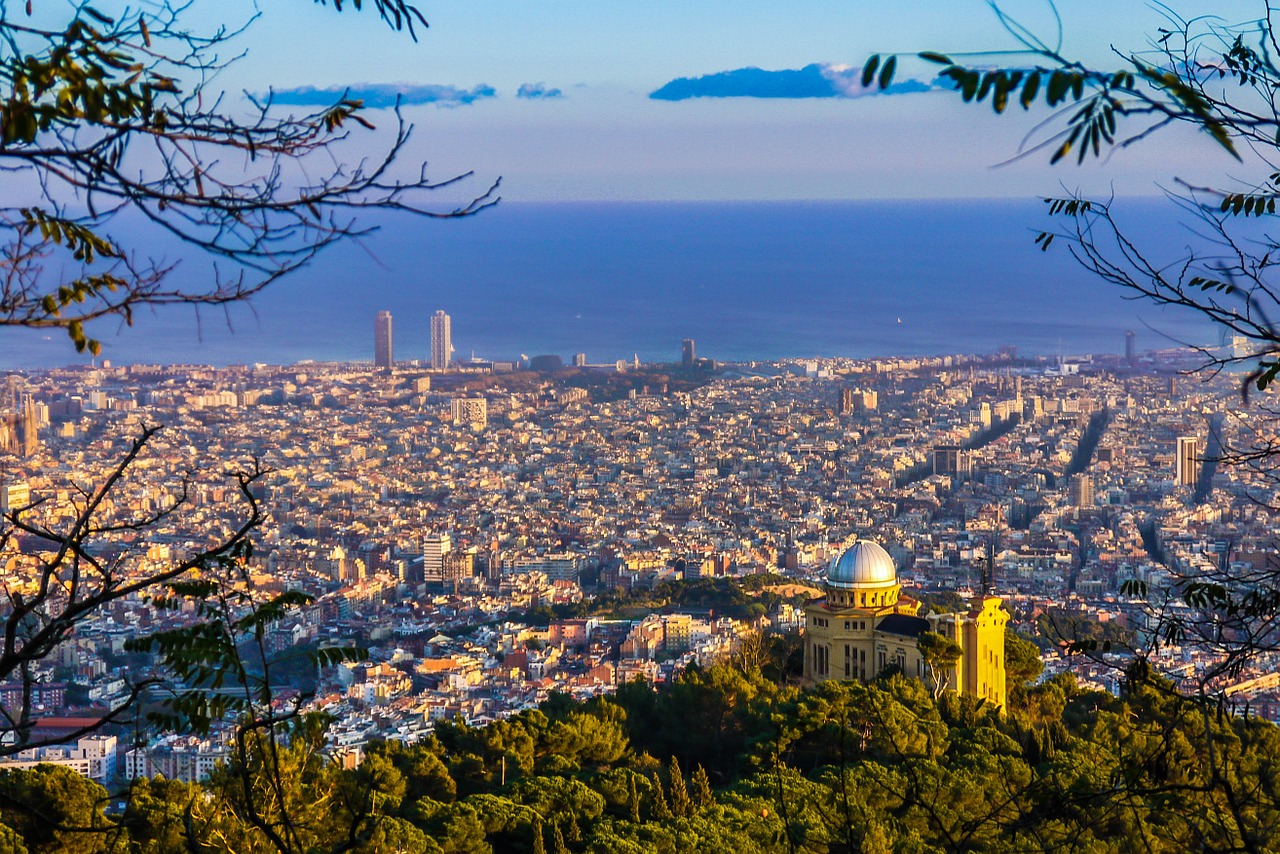The Spanish tourism industry is worried about the Delta variant, which could cause restrictions on international travel to be reinstated.
The coming weeks will be decisive for the tourism industry. “Delta variant drives Spain’s COVID-19 rate to the highest in mainland Europe,” was the headline of British newspaper Financial Times, putting Spain in the eye of the storm. The pandemic seems to be getting out of hand again due to the impact of the Delta variant and the rapid spread among those under 30, leaving the industry in fear at a possible return of international travel restrictions.
A new coronavirus wave would stop 17 million tourists from visiting Spain this summer, as the Government estimates. Without those international visitors, reservations already made would turn into cancellations in just days, and these would ruin the much-anticipated season.
Currently, one of the few positive numbers are the domestic flights in Spain which exceed the pre-pandemic levels by 132%. However, although local trips show a significant increase, international flights are still far from recovering the pre-covid volume, since bookings are at 62% of the level registered in 2019.
For Spanish tourism, the worst-case scenario is slowly becoming a reality. The future of this summer will be in the hands of the United Kingdom and Germany. The biggest fear of the Spanish industry is that Berlin does the same as with Portugal, requiring quarantine for those unvaccinated who return from the neighboring country. If this occurs, the travel industry would come to a standstill again after 16 months of virtually no revenues. This would also slowdown the much-awaited recovery, which is finally starting.
The situation looks worse mainly due to a spike in incidence rate, the damage to the Balearic Islands image as a destination caused by the large outbreak, and the Delta variant spread in Madrid, Catalonia, Valencian Community and Navarra. The situation is even bleaker when we read the international headlines, leaving the industry frightened of the political consequences the Delta variant might have: “It is shocking, the worst that could happen to us. It is very worrying that this is the portrayed image of the country. It seems a matter of time before restrictive measures are reintroduced,” said José Luis Zoreda, Vice President of Spanish non-profit tourism association EXCELTUR.
At the moment, few cancellations are being reported, although there is a visible slowdown in reservations. According to the latest data from SiteMinder, hotel occupancy stands at 99.27% compared to 2019. “It is practically the same as in the past week,” says a spokesperson from the site. The rise in bookings (which reached the pre-pandemic levels on June 26, and was also noted by eDreams) has now come to a halt, and it is either not growing or doing so at a slower pace.

Fewer Reservations Than Before
Sources from the hotel chain Meliá say that this change in reservations has been experienced since the ‘macro-outbreak’ of coronavirus in the Balearic Islands. “There are still reservations, but less than in the first days following the announcement of the inclusion of the Balearic Islands to the UK green list,” sources explain. Something similar happened at RIU Hotels: “There are fewer reservations than in previous weeks, but there are still sales, not cancellations, although the situation is very unstable”. For RIU Hotels, the number of reservations for July 7 to July 13 grew by 8% compared to the previous week, while last week it reported a 10% decrease for those days, according to the company.
The situation is also unpredictable for each community. In Catalonia, for example, the spread of COVID-19 surpassed the expectations for the start of summer. “It is necessary to show confidence abroad,” says Santiago García-Nieto, president of the Association of Hospitality and Catering Businesses of Catalonia (ConfeCat). According to the president of Tourism of Barcelona, Eduard Torres, Catalan tourism will lose 35,000 million euros in 2020 and 2021 due to Covid-19. Tourism represents 12% of Catalan GDP, about 30,000 million euros. Last year the impact of the pandemic on the sector was 70% and this year it will be 50%.
Hoteliers are also aware that if the spread of coronavirus among young people is not slowed down, the situation will take a turn for the worse. Many experts agree that July will not be good month for Catalonia as well as the other major tourist destinations in Spain, with few exceptions.
New Metrics
Spanish tourism is going through its key months of the year with a fear of going through the same it did last summer. Between July and September, the Government still maintains its 17 million travelers forecast (45% of the travelers in 2019 and almost three times more than those in the summer of 2020), hoping to recover half the industry this year. However, the goal set is increasingly difficult, especially after the rough start of 2021 with only 3.2 million foreign travelers from January to May, 26 million fewer than in the same period of 2019.
Germany (the second most important source market) has been adamant about restricting travel if necessary. In fact, the country unsuccessfully demanded the EU to impose quarantine on British travelers. After the failed attempt, Germany sent a warning: the country will add restrictions or even close doors for countries that are not capable of containing outbreaks, a stance it already took with Portugal. This decision also worries the industry, since it could have a devastating effect on Spain.
While more and more problems show on the horizon, the industry praises the metrics and its improvement in the control of the pandemic, in an effort to save the summer season. In particular, the lower mortality rate thanks to vaccination (42.1% of the population has already been fully vaccinated). “We can’t experience the same thing that happened to us last year due to the wrong reading of the situation. Infections occur in people under 30 who barely are admitted into hospitals. I don’t think we should use the same metrics as one year ago,” explains Zoreda.
Last October, the incidence rate was the major metric used once the number of tests carried out was considerably increased. But now, with the vast majority of the vulnerable population vaccinated, this figure can no longer be considered in the same way. Experts point out that more attention should be paid to other indicators such as healthcare systems pressure or mortality rate, where Spain is among those with the lowest figure in the EU. Even so, with all other metrics taken into account, the figures will not make the problem of the surge in cases disappear.

